Easiest & Best Beginner Pets for Kids: Low Maintenance Animals
Most people think that the best pets are dogs and cats.
While they are great, there is a huge variety of other animals out there for those who want to try something new! There are some very low maintenance animals that can make excellent pets for kids. In this article, we will discuss several easy beginner pet options from snails to jumping spiders – you’ll be surprised by how many different types of critters can be kept as pets in your home!
Woodlouse / Pillbugs (Order: Isopoda)
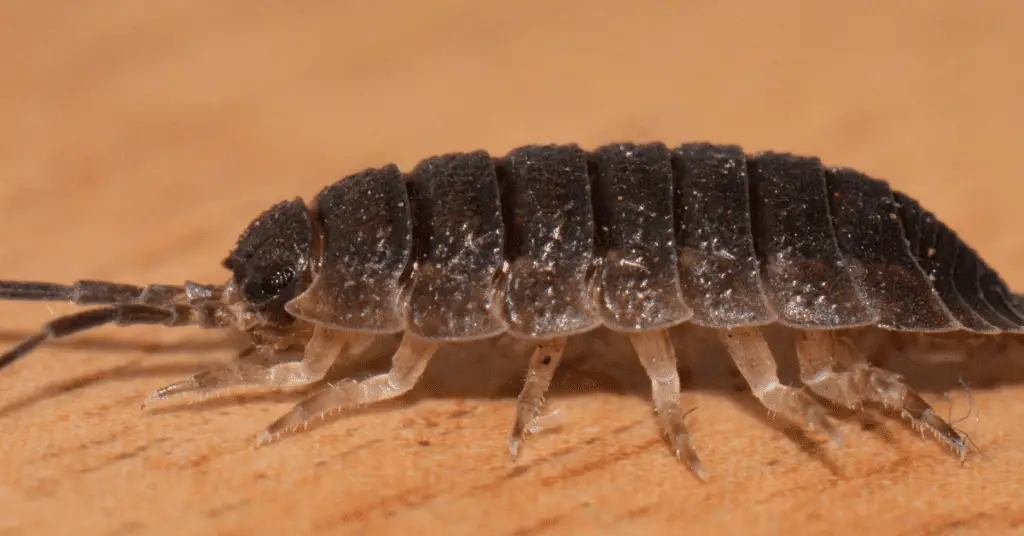
Pillbugs, also known as sowbugs, are a free and easy pet for kids to start with. In fact, you can breed a colony of these to keep going year-round.
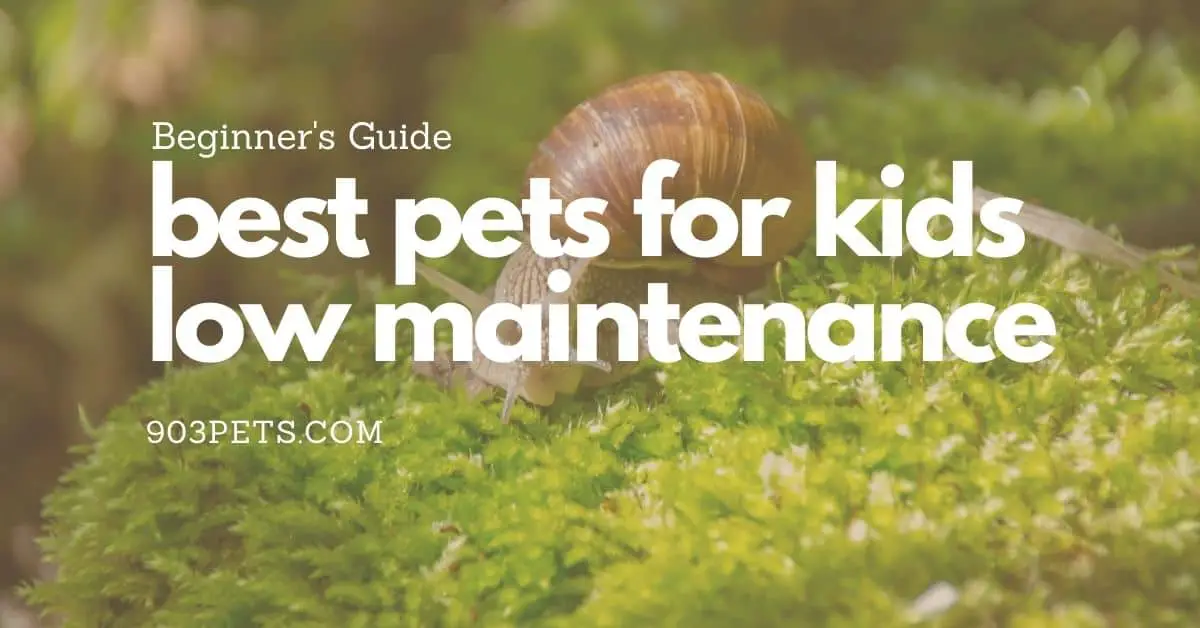
Woodlouse can be found in every part of the world except the North and South poles.
You can find them by going outside and lifting up small pieces of bark or wood that directly on the ground. Gather 10-12 pillbugs in order to start a breeding colony.
The habitat should have a top with small holes for airflow but not big enough to allow the pillbugs to escape. A fine mesh screen works great.
Lightly mist the substrate with water periodically. Be careful not to make it wet, just a little moist. Crush dead leaves to provide plant matter for them to eat by aiding decomposition.
For a treat, place a piece of zucchini or cucumber on the floor of the habitat. In time, they will feed on the cucumber. Be sure to remove the remaining, uneaten portion before it molds.
Snails

It may sound odd, but snails are fascinating and are low maintenance.
With a snail, there are no daily walks, or specific feeding times nor opportunities to overfeed it easily. They are a pet that is great to observe without having to do much else.
Snails are fairly nocturnal so the best times to watch them are first thing in the morning or before going to bed.
You can obtain snails at many pet stores, feed stores, or even online. Believe it or not, they can be shipped well in the United States.
Garden snails can even be found in your flower bed, lawn, or garden for free. Just follow the glistening snail trails first thing in the morning.
Snails typically live 5-10 years when well cared for. Some, like the African giant snail, can live beyond 10 years old.
Do not keep the aquarium or terrarium in direct sunlight!
Snails love plants, but not all plants are safe for snails. Find out what some of the best plants for snails in a terrarium are.
Walking Sticks

Walking sticks can be the perfect low-maintenance pet. They are small, only eat plants, don’t make loud sounds, and don’t smell bad.
Most species of walking sticks grow to a maximum of 5 inches in length and live approximately 9-10 months. That’s a school year so it could be a class or home school science project with lessons. Biology anyone?
Walking sticks and praying mantis are similar but different. While praying mantids are carnivorous, walking sticks only eat leaves and plants.
You can obtain walking sticks from nursery suppliers or online for $20-50 for a few dozen. Depending on where you live, you might find one naturally in your neighborhood, but don’t count on it.
Ventilation is important for the walking stick enclosure. Be sure the lid is either screened or has holes for good ventilation, but not too big to let the walking sticks escape.
The #1 rule is to never release your pet walking sticks into the wild. They can become a prolific invasive species.
Jumping Spiders
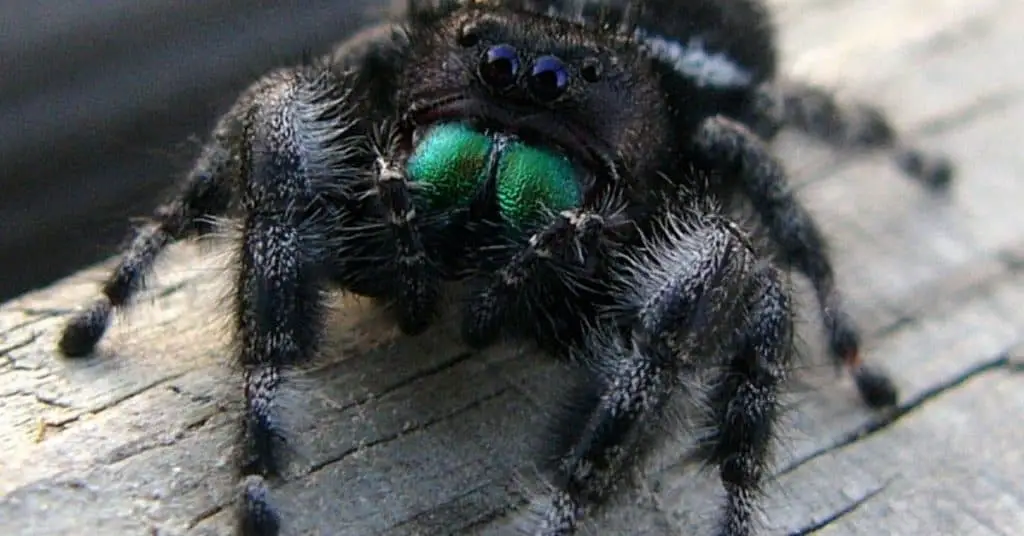
Spiders can be scary. But, jumping spiders are harmless and a heap of fun to watch. They are small, measuring only 4-18mm (1/8 – 3/4″)
These critters are the perfect low-maintenance pet for kids. They don’t require a lot of care and they’re super small, so it’s really easy to keep an eye on them.
If your children have any arachnophobia (fear of spiders), this is the pet for you! Once they learn there is nothing to fear, they will accept these as pets and want to watch them hunt.
The first thing you need is a small enclosure for the spider to live in. This can be a recycled plastic tub from take-out food or a glass jar. Make sure the height of the enclosure is not too high for your kids to reach, but not too low that the spider could escape and get lost in the house. The most ideal size of the enclosure is around two gallons, as long as the spider has plenty of room to walk around and hunt.
You will also need a layer of substrate (or bedding) for your pet’s home. This can be dirt or sand from outside so it doesn’t have any chemicals on it. Other materials could include a few leaves, moss, shredded paper, or tissue paper.
It is even possible to have your children make decorations by using play-dough that you bake in an oven at 320 degrees for about 18 minutes.
The enclosure should also have a lid to prevent escapees and keep the spider from getting wet when misted with water. The opening of the container, or top, should be covered in mesh so that it’s easy to open but still allows air flow into the home.
The ideal temperature for a jumping spider is between 65-85 degrees Fahrenheit, and they do best when the humidity is between 40%-90%.
Madagascar Hissing Roaches
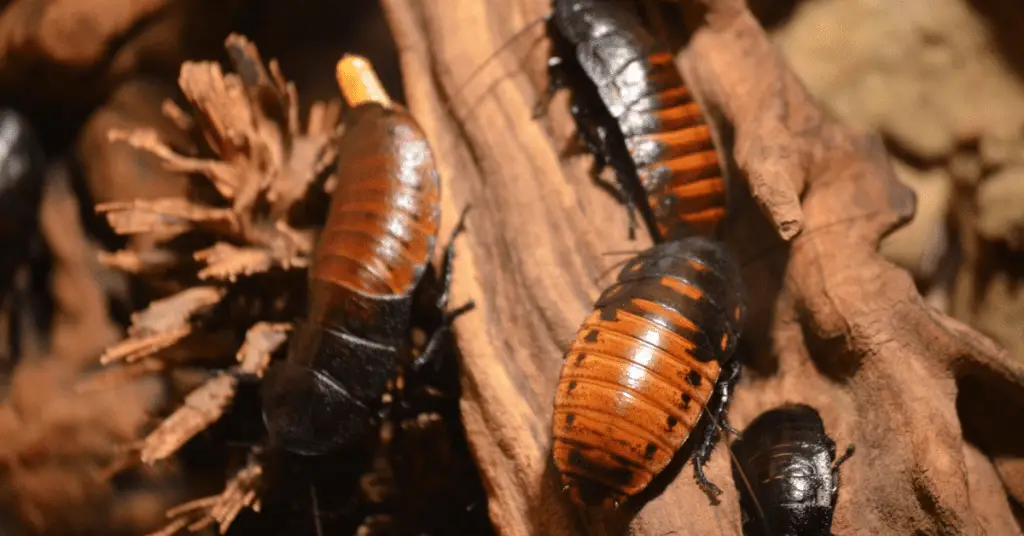
It sounds strange, but the Madagascar hissing roach can make an excellent first pet. In fact, they can be the perfect pet for those who want to start with something that won’t need too much responsibility.
The habitat requirements are minimal and these insects don’t require a lot of care other than keeping their enclosure clean. They also live in tropical climates so you do not have to worry about temperature or humidity levels at all – just make sure there is enough food on hand!
But what do hissing cockroaches eat? As a pet, you can feed them anything: vegetables, fruits, roaches (yuck!), crickets. You will need to feed your cockroach every day, or every other day.
Hissing roaches have a short lifespan. In captivity, they live for about a year. In the wild, they have an average lifespan of only three months!
Cockroaches like to be kept in moist conditions with a lot of air circulation and they don’t require any special lighting. They are really easy pets for kids because the only thing you need is an enclosure that can fit them comfortably – about 12″ tall.
They thrive best in environments where the temperature is in the range of 70-90F and humidity is around 50%.
Do hissing cockroaches carry diseases? Actually, the Madagascar hissing cockroach carries no known diseases when kept as a pet. Unlike some reptiles that can carry salmonella.
Caterpillars
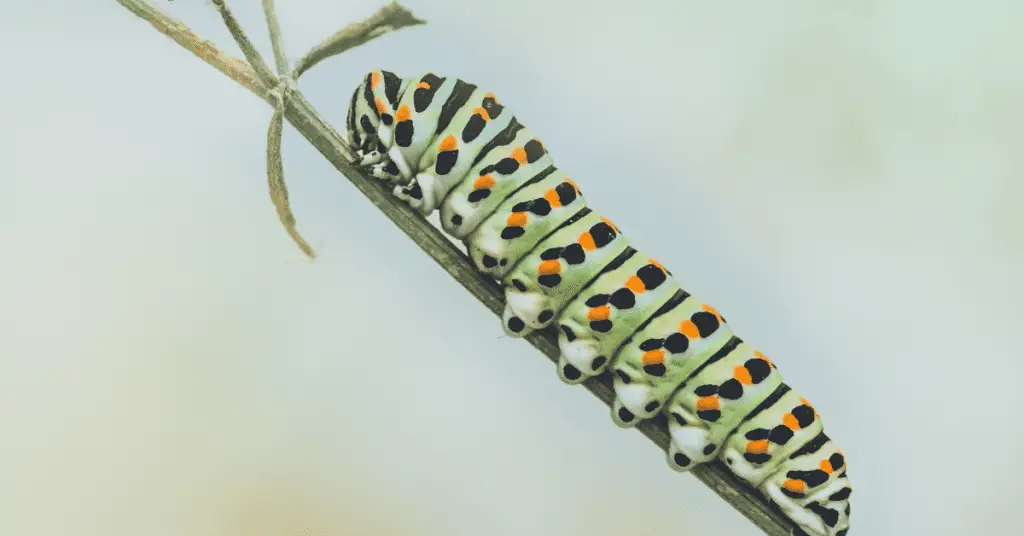
The next easy pet for kids is the Caterpillar. Caterpillars are an exciting temporary pet for children. When they get to see the stages of the metamorphosis they will have an even greater interest in these animals.
Caterpillars are very easy to care for because their food is a simple, leafy lettuce or cabbage for many species. They can be kept at room temperature and with 50% humidity – just like cockroaches!
Caterpillars live for approximately 12 months, starting as larvae and eventually turning into a cocoon before emerging back to life in spring.
While you can find caterpillars outside, you can also purchase them from speciality pet and garden stores, including online ordering.
Here is a list of some types of caterpillars that can make good pets and are easy to find: Indian Oak, Cabbage Butterfly, Giant Silkworm Moth (Luna), Puss Caterpillar, and more!
Indian Oak – These are the most common type of caterpillars in North America to be found outside.
Monarch Butterfly – Arguably, the most beautiful butterfly in North America is the Monarch butterfly. The caterpillars of the monarch start small and grow into cool yellow, white, and black striped sausage-looking animals.
Then the magic of transformation begins.
They are only found living on milkweed but can be purchased online, along with milkweed, for a fun home science observation study.
Cabbage Butterfly – These are the most common type of caterpillars to be found in gardens. As the name implies, they are often found where you are growing leafy green vegetables.
As adults, they become beautiful white butterflies with black wing spots.
There is a fun article with pictures over at Raising Butterflies.
Giant Silkworm Moth (Luna) – These can grow up to six inches long and live four months, making them a good choice for kids who want something that will last longer than two weeks!
Puss Caterpillar – The larvae’s are covered in short, white-tipped hairs and are non-stinging. They’re also larger than most caterpillars so they’re less likely to be mistaken for a snake if you happen to spot one outside. WARNING: You do not want a puss caterpillar for your kids as they are one of the most venomous caterpillars in the United States.
So, what makes for a great caterpillar enclosure? First, the best size is about 18 inches by 12 inches. Second, the top should be open to allow air circulation but covered in screen wire to keep them from escaping and getting eaten by birds or other critters. Third, you will need a water dish for drinking and soaking up moisture; they drink through their feet so would dry out pretty quickly without some help!
Caterpillars live best in environments that have a temperature of 72 degrees Fahrenheit and a relative humidity of 50%. They like to eat cereal grains, apples, oranges, carrots, lettuce leaves, spinach leaves or any other leafy vegetables.
There you have it! A low-maintenance pet that’s perfect for kids who don’t want to be bothered with feeding their animals every day.
Hermit Crabs

The final pet on our list of easy, low-maintenance pets for kids is the hermit crab. A hermit crab’s lifespan is about a year in captivity, which is a good amount of time for the average pet on this list. They are very social animals and should be given at least one companion.
So, what makes hermit crabs so cool? I think they are cool because you can teach them to do tricks. Yes, I said tricks! My hermit crab knows how to “hide” when he sees the flashlight coming his way and has also learned how to play fetch with a tiny ball of twine.
How to take care of a hermit crab?
- Ensure the temperature is between 78-82 degrees Fahrenheit
- Give them a sandy bottom habitat with fresh food and water
- Don’t overfeed your hermit crab
Hermit crabs require a tank or other enclosure that is no less than 20 gallons. I know, that’s bigger than our 10-gallon limit, but they are wicked cool so we’ll make an exception.
The temperature of the water should be between 78-82 degrees Fahrenheit and it needs to have at least one hiding place, like an empty seashell. Hermit crabs also need a sandy bottom habitat as well as fresh food and water.
To avoid overfeeding, figure out what it wants to eat from their natural diet. This means you’ll need to feed it once or twice per week at most. Feeding too much will make the pet sluggish, overweight, and eventually die!
Remember that they are omnivores so don’t forget about protein in their diet (crickets, earthworms, small bits of beef heart) as well as vegetables like broccoli leaves. They also love fruits such as apples, but be sure not to give them citrus because it can harm their skin.
Best Pets For Kids With Allergies
One of the great things about these low-maintenance pets for kids is they are also some of the best pets for kids with allergies.
Pets for children with allergies include snails, pillbugs, walking sticks, jumping spiders, hissing cockroaches, caterpillars, and hermit crabs.
Reptiles can also be great pets for children with allergies, however, they are not for beginners and need lots of adult help. Read what to expect if you are looking at a tortoise for a pet. Tortoises are fascinating. Check out these 21 crazy facts about tortoises.
Of course, you can always look at getting fish, but the maintenance can be more than some people want.
If you are just starting to introduce a child to the world of pet ownership, and they are sensitive to environmental allergens, then give these a try. No fur, no wood-based shavings for bedding, no pet dander, and no barking or scratching.
Conclusion
When it comes to low maintenance pets for your kids, the easiest and best beginner pets are those that require little to no work on your part. These animals include snails, walking sticks, pillbugs, jumping spiders, hissing cockroaches, caterpillars (with at least one hiding place), hermit crabs (sand bottom habitat as well as fresh food and water).
No matter which pet you choose from our list, you will find them to be low maintenance and easy for your children to care for while also being educational and fun to watch.
If you think your pet is ill, call a vet immediately. All health-related questions should be referred to your veterinarian. They can examine your pet, understand its health history, and make well informed recommendations for your pet.
903pets.com Staff


![Beginners Guide to Pet Snail Care [Simple] 9 Beginners Guide to Pet Snail Care [Simple]](https://cdn-0.903pets.com/ifywhoft/2021/09/ultimate-guide-to-pet-snail-care-for-beginners-768x402.jpg)
![Insect Pets - Which Insects Make The Best Pets? [12 Answers] 11 Insect Pets – Which Insects Make The Best Pets? [12 Answers]](https://cdn-0.903pets.com/ifywhoft/2022/01/insect-pets-are-they-right-for-you-768x402.jpg)
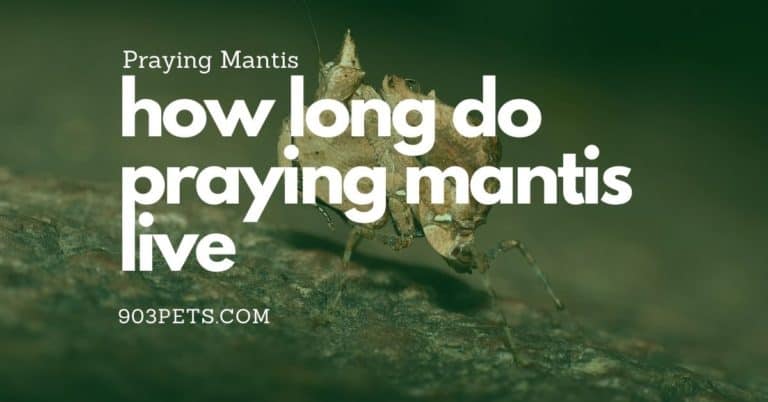
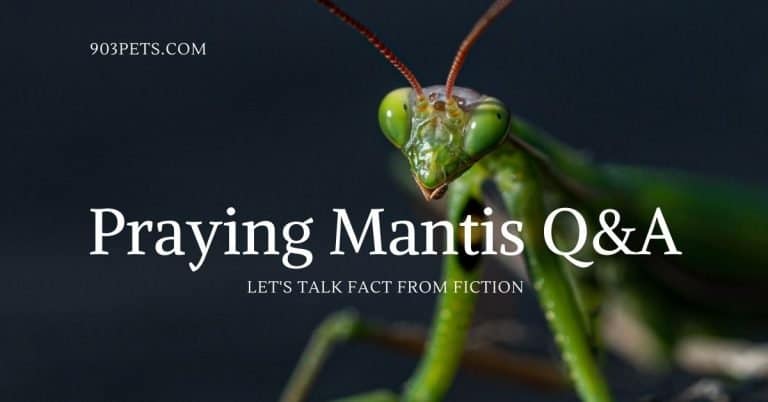
![Do Praying Mantis Make Good Pets? [Pros & Cons] 17 Do Praying Mantis Make Good Pets? [Pros & Cons]](https://cdn-0.903pets.com/ifywhoft/2021/04/Do-Praying-Mantis-Make-Good-Pets-768x402.jpg)
